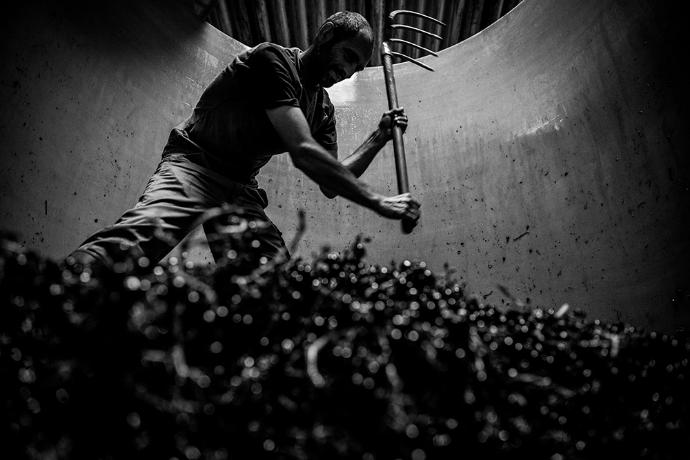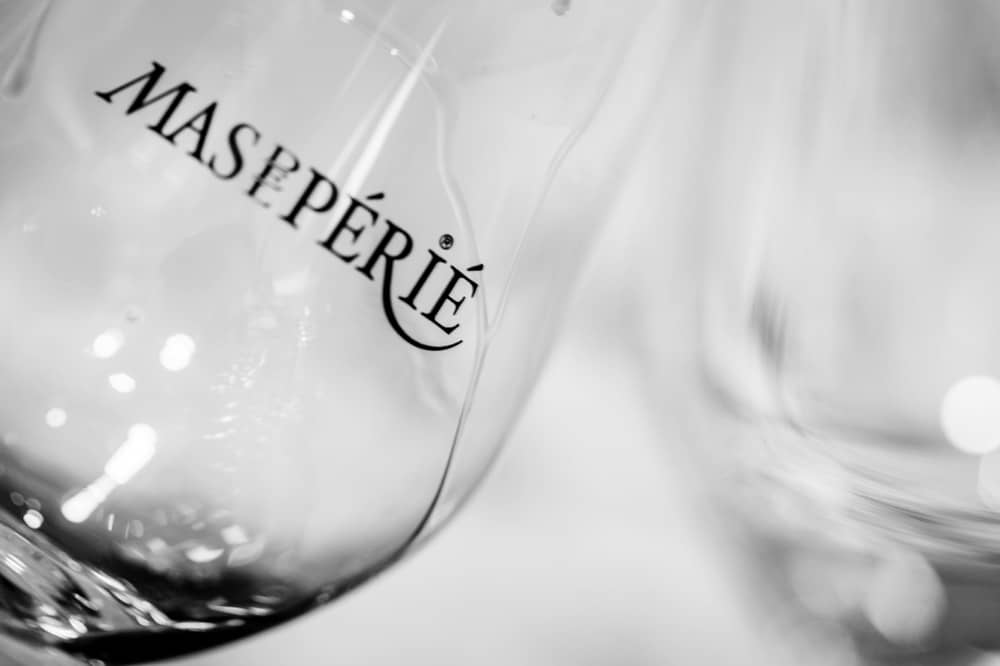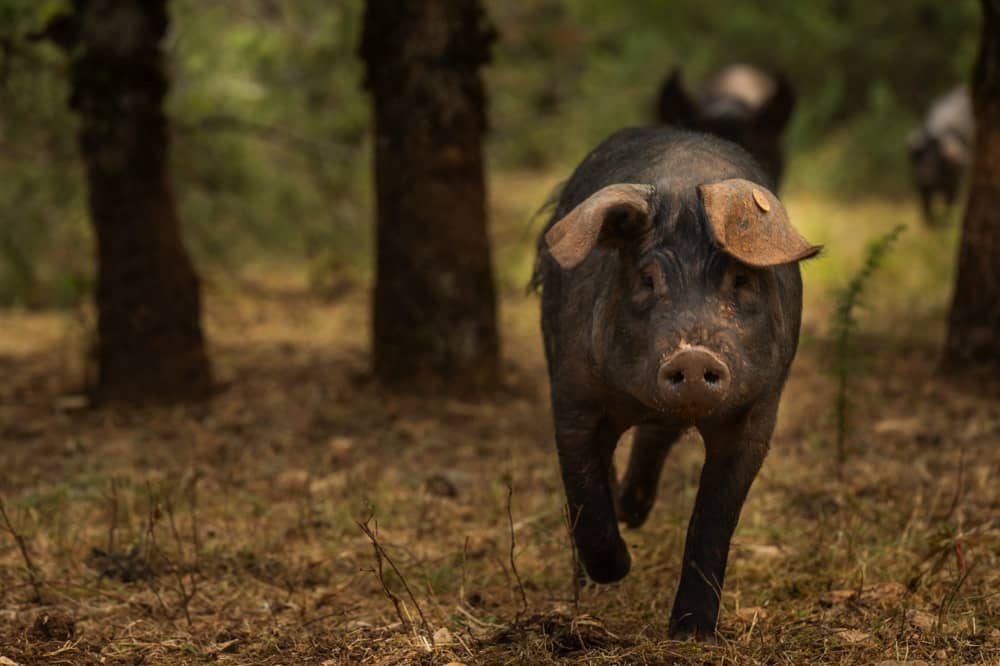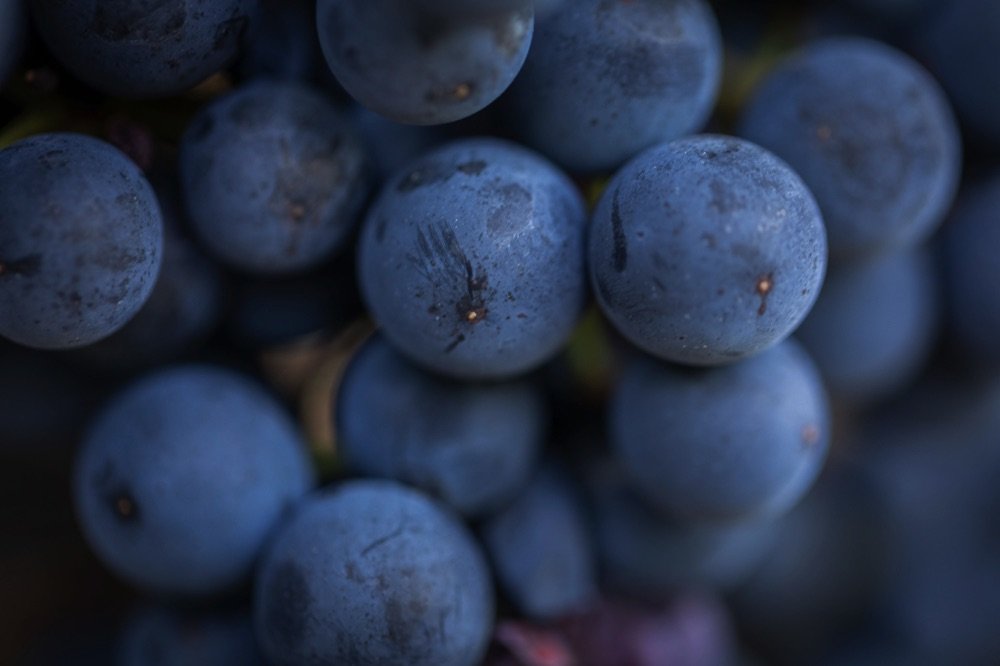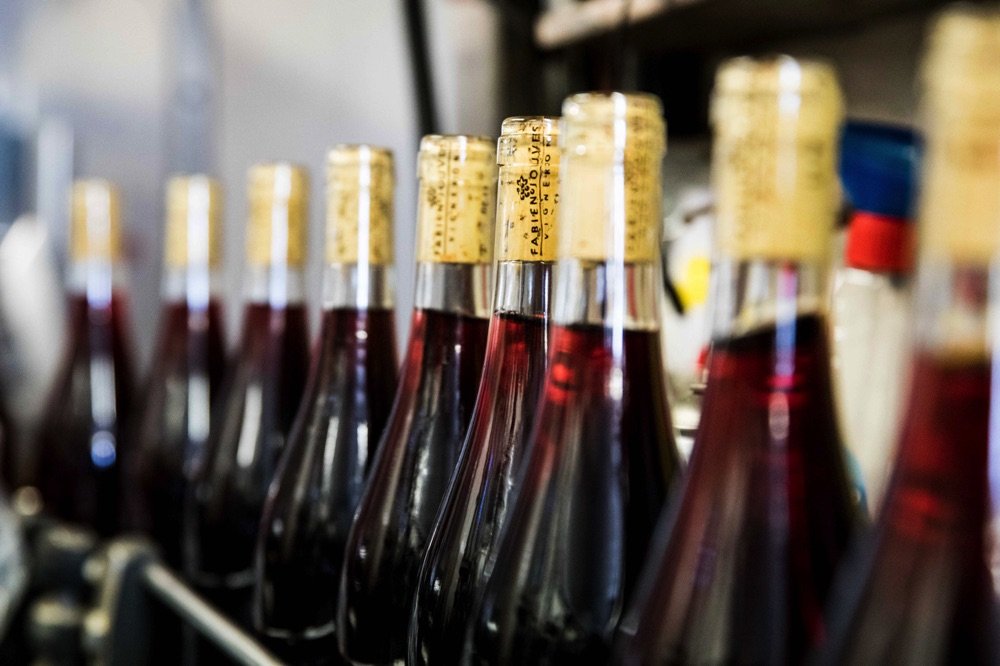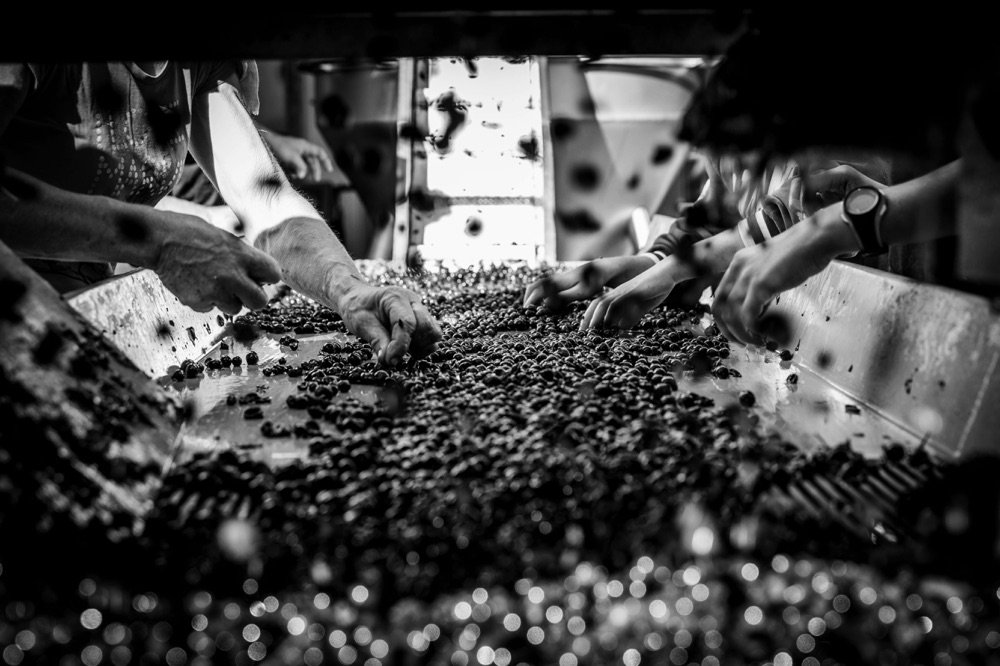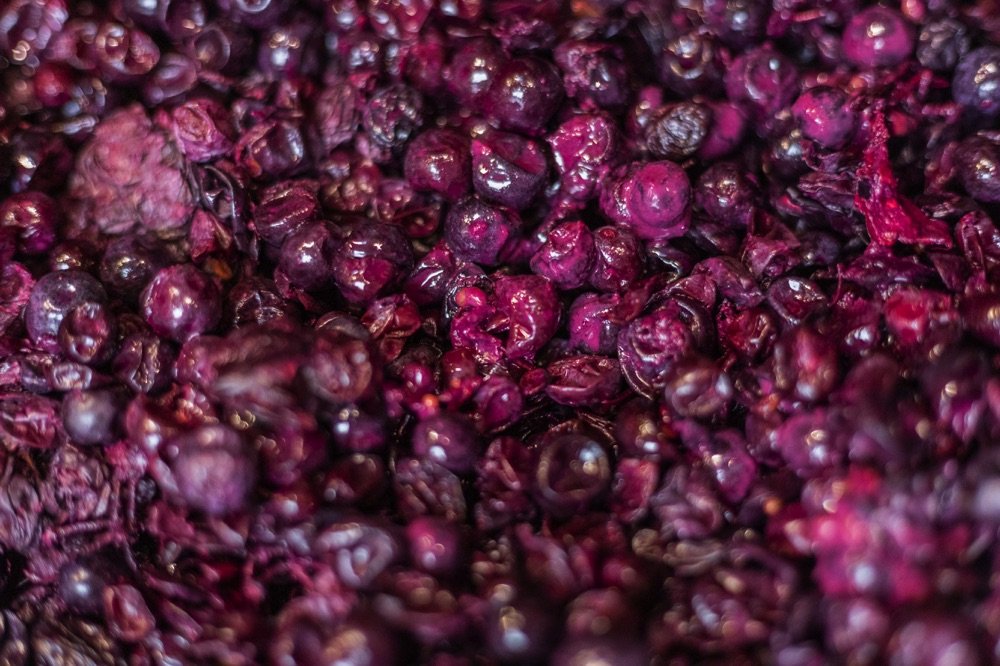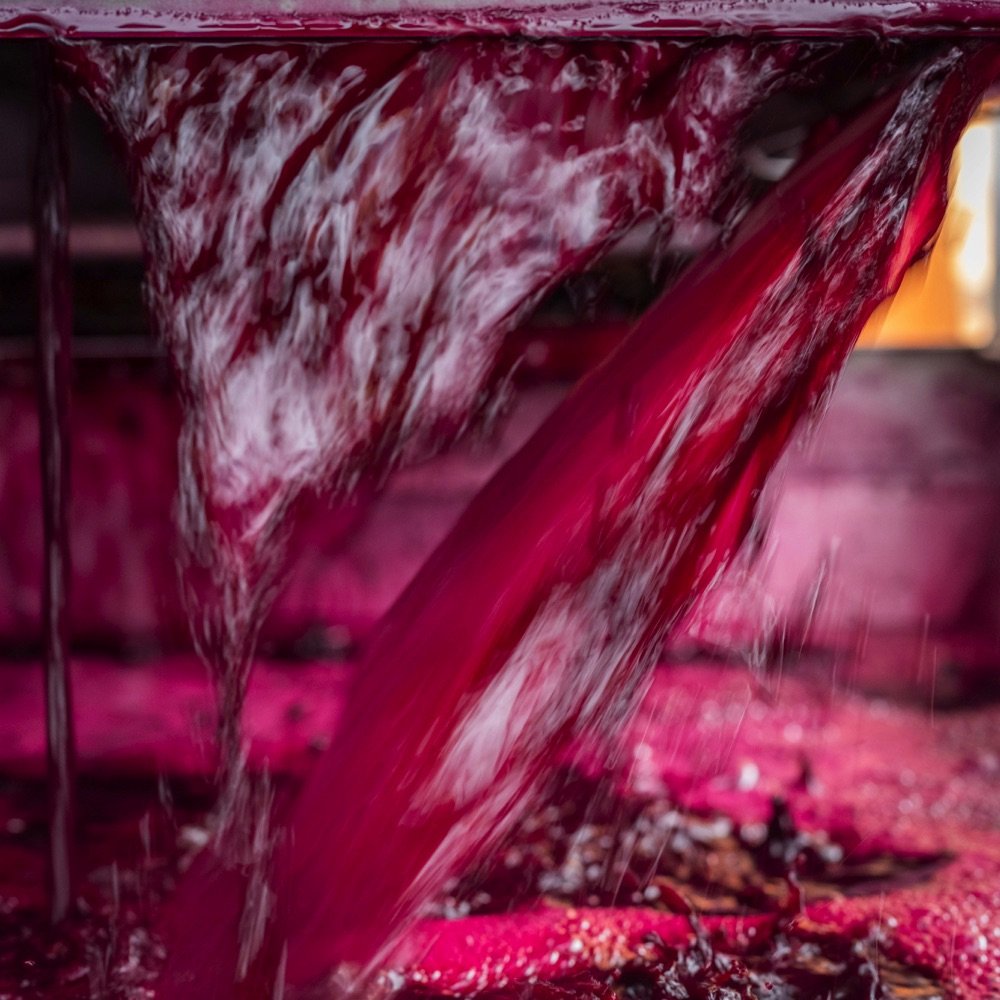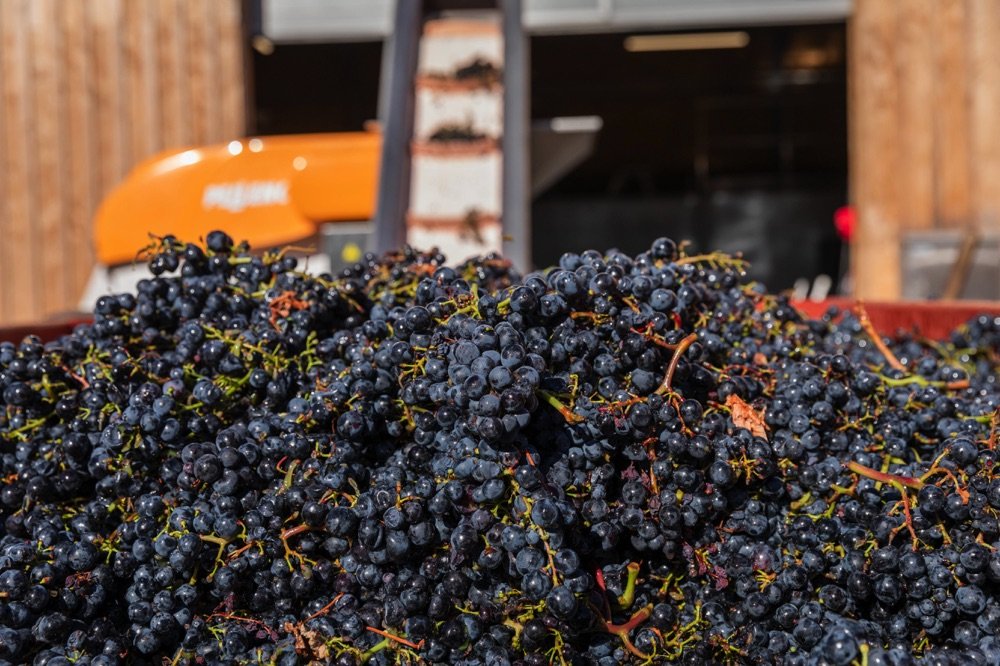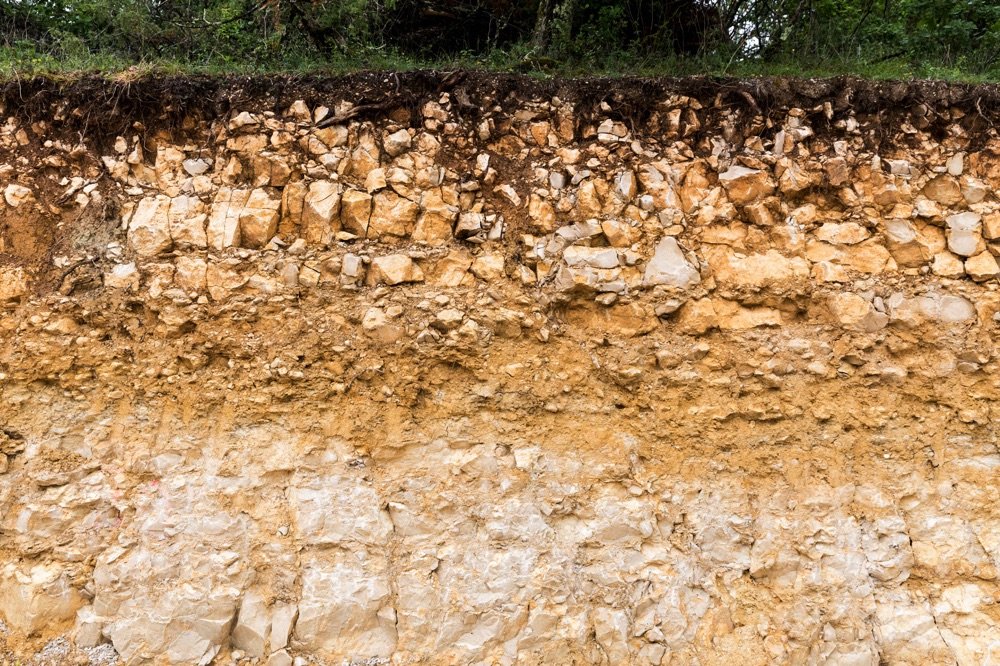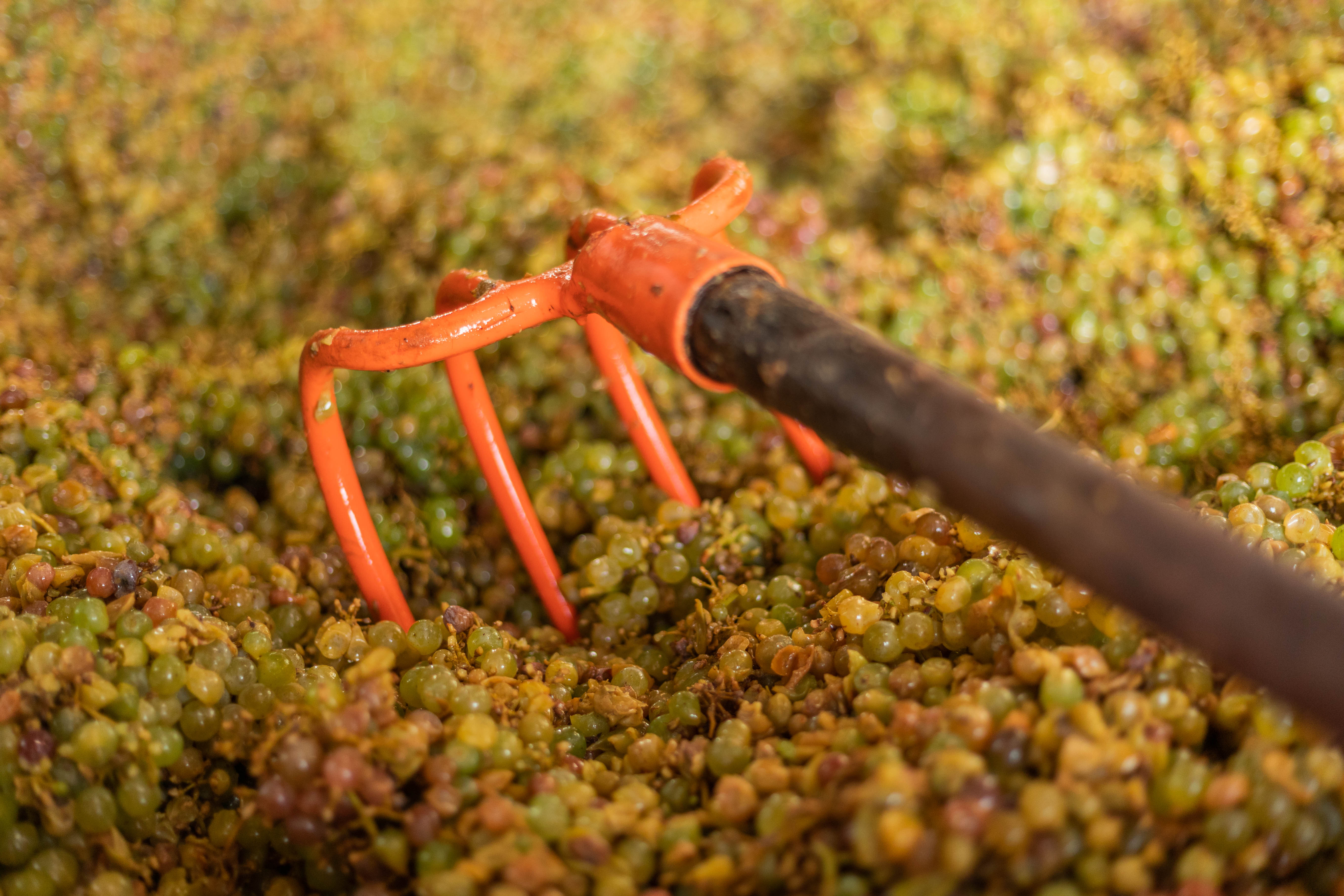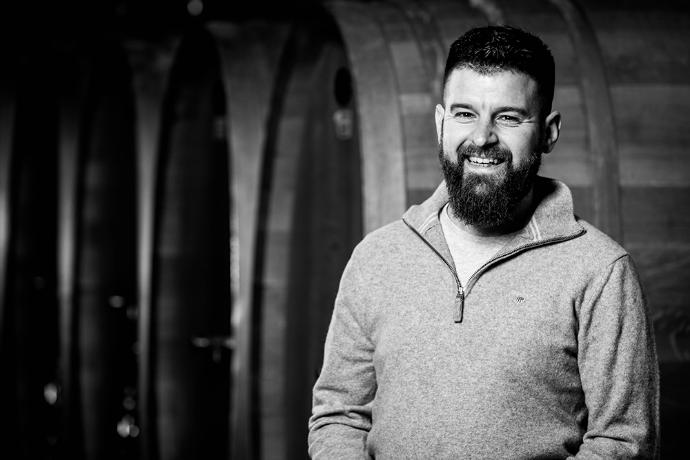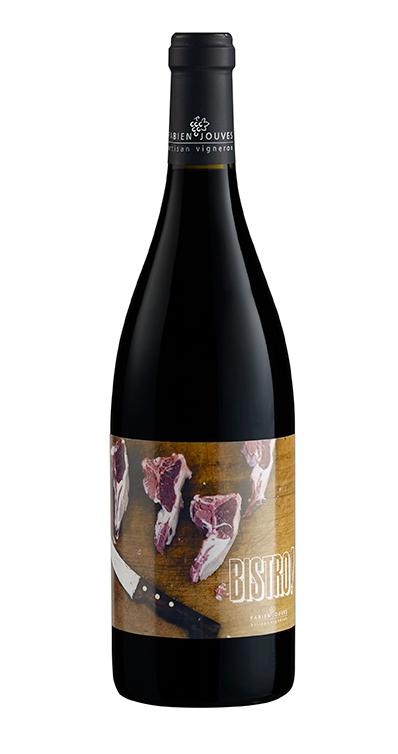“Good wines all have their role, especially humble, everyday wines. Great wines occupy an exalted place because of the discussions they provoke and the context they provide, but they can never overshadow the daily pleasures of a good bottle.”
Eric Asimov, chief wine critic for The New York Times, waxes poetic and simple. While expensive vintages have their place, there is something to be said about the lesser-known wines that bring pure satisfaction as a staple for any wine drinker. This is what a good wine merchant is about – bringing new wines to your everyday table.
Rebirth of Cahors
The alluvial soils and steep limestone hillsides of southwestern France’s Cahors region have been the home of wine for centuries. Historical figures such as Pope Jean XXII (1244-1334) when he was elected as pope and moved to Avignon in 1316, he decided to bring the vines of Cahors where they were planted in the papal vineyards in the Rhône Valley. Cahors wine was exported down the Garonne River and through Bordeaux during the Middle Ages. Observing the growing wine business freighted through their port, Bordeaux blocked the port access to monopolize their local wine trade. The wine production in Cahors subsequently dropped into obscurity after the 13th century and many vineyards were abandoned.
Despite the overall decline of the Cahors wine industry, the region's wines were still appreciated well into the 19th century until the Phylloxera outbreak towards the end of the 1900s brought devastation to an already struggling wine industry. However, over the past fifty years, there has been a revival of Malbec as a young generation of winemakers who affronted the hostile soils and terrains of the once famous old vineyards, leading to the revitalization of Malbec production have joined together. Their tireless work has paid off in a renaissance of Cahor's long reputation of producing fine wines. Cahors is still the center of French Malbec production and the mecca of Malbec connoisseurs. It is the resurgence of Cahors, a rebirth, with the production of exceptional wines that have evolved, and once again have gained international acclaim.
The evolution of the wines through the labors of these trailblazers has transformed winemaking, integrating practices such as biodynamic agriculture and vinification per parcel to exemplify terroirs. These have turned the regional wine styles into graceful, mineral, balanced, and complex wines.
Mas del Périé
Fabien Jouves, the young owner and winemaker of Mas del Périé is descended from an old peasant family in the village of Causse.
They have been grape growers for many generations. He founded Mas del Périé in 2006. The vineyards of Mas del Périé are on the highest slopes in the village of Causse (which overlooks the town of Cahors) on the border between the Cahors and the Côteaux du Quercy Appellations. The exceptional terroir is composed of complex clay and Quercy limestone and tiny pockets of gravel as well as some areas that are a complex combination of sand, clay, minerals, and chalk called Siderolithique that expresses many of the different personalities and complexities of the Malbec grape. The high elevation provides cool night temperatures resulting in fresh vibrant wines. The vineyards total more than thirty hectares, of which twenty hectares are solely dedicated to the growing of Malbec. He grows many other old traditional varieties such as Cinsault, Cabernet Franc, Tannat, and Chenin Blanc, and believes that though the emphasis in the region is Malbec these other varieties should not be forgotten. Biodynamic principles are used in the vineyards which he feels helps to keep his terroir strong and also creates harmony with the environment. He uses parcel selection practices, a vinification that is completely natural with a long aging period on lees before aging the wines in casks, barrels, or concrete vats (whichever one is suitable to express the personality of the individual wine that is being made).
Jouves has an individualist approach to winemaking and was inspired to bottle his Cahors wines in Burgundy bottles, instead of the traditional Bordeaux bottles that are commonly used in Southwest France in homage to the neighboring northern region. This is one of his ways to express that his philosophy is more aligned with Burgundy, focusing on the importance of the vineyard's terroir and proprietary winemaking.
His wines are typically lighter than other wines from the region and he is experimenting with a personal project of creating wines Vin de Soif (wines for when you are thirsty) that also each tell their own unique story and can be drunk in the year that they are made. These very affordable wines have gained him international recognition. Among his other groundbreaking offerings are pure Tannat, Vin de France, exotic amphorae cuvées, Chenin-centric white wines, and orange wines that establish the innate elegance, purity, and complexity of the Cahors of today. Mas del Périé is certified organic by Ecocert, and biodynamic by Demeter and Biodyvin – the estate has it all. Without a doubt, Fabien is making phenomenal wines, they are in great demand. Get yours before they are gone and discover the re-birth of Cahors.
Mas del Périé Wines
As your leading purveyor of distinct, quality wines, we bring to you the iconoclastic vinos of Fabien Jouves. Savor the regional wines of Cahors through these fresh NEW arrivals – available at Origine.
Les Agudes
This honeyed floral white wine is sultry and original. The blend may seem quirky but unfurls superbly on the palate. The Chardonnay and Chenin give it structure and gravity, the Sémillion Blanc honeysuckle and orange aromas, while the acidity from limestone gives it verve and bounce on the tongue. The organic and biodynamic vines grown in clay and chalk and fruit matured in both vats and barrels make the wine fresh and sharp. Relish the smooth, pleasant bitterness as it finishes.
Pair this mineral dry white with dishes like Jambon vigneron, stuffed veal rolls, Lobster Parisienne, or meats such as turkey and chicken.
À Table
This unapologetically crisp rosé is made with de-stemmed Tannat clusters direct-pressed and saignéed to concentrate flavor and instill a dark pink color. Notes of black fruits, wild strawberries, and some flora are found. Spontaneous native-yeast fermentation and skin-on maceration are combined with vat and barrel aging to produce a masterfully buoyant, fruity, and round wine.
Enjoy with Mediterranean-style shrimp kababs, grilled vegetables, a summer salad, or drink on its own.
Tu Vin Plus Aux Soirees
The estate’s delightfully outré character radiates through the composition, creation, and naming of this deep, brash red wine. Loosely translating to “no longer welcome to the party,” the name alludes to the expulsion of Cabernet Franc from the vineyards of Cahors. This dark ruby wine, a blend of Cabernet Franc and Malbec, has aromas of various black and red fruits. The snappy palate is made more rousing by notes of leather, earth, and spice.
Serve this versatile red with charcuterie, grilled fowl, and roast pork. Works well with salads and grilled vegetables, or sipped on its own.
Bistro!
Cinsault and Cournoise go through carbonic maceration and natural fermentation in concrete vats and barrels to create a sassy, easy-to-drink wine best enjoyed young. Hills of clay and limestone harmonize the blend’s funky earthiness with the playful florality of peony and the captivating juiciness of strawberry, blackberry, and redcurrant.
Drink this garnet wine with Marengo veal stew, breaded cutlet, or burgers and barbecue, or as an aperitif.
Les Escures
A de-stemmed harvest undergoes barrel and vat fermentation, with the fruit macerating skin-on for about a month. After fermentation, the young wine is aged for half a year in the same tanks. This Malbec monovarietal made with higher-altitude Cahors vines is lively and rich with cherry, blackcurrant, and blond tobacco aromas. The spicy fruitiness of the Les Escures is conferred a piquant finesse by its sophisticated medium-level tannins.
Partner this luxuriant natural red with fare such as rabbit or gamebirds, mature cheeses, and roast or grilled meats.
